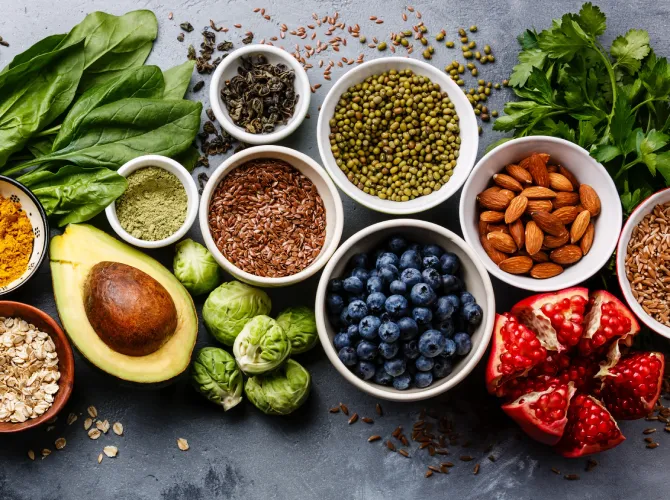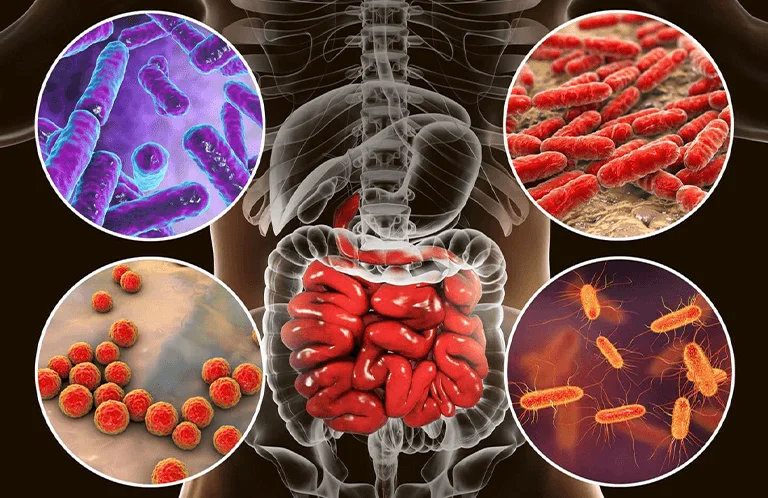Introduction
In today’s fast-paced world, maintaining a healthy weight has become a challenge for many individuals. The key to successful weight management lies in adopting healthy eating habits. By making conscious choices about the foods we consume, we can achieve and maintain our desired weight while promoting overall well-being. In this article, we will explore the importance of healthy eating for weight management and provide practical tips for incorporating nutritious foods into our daily lives.
- Understanding Healthy Eating
To embark on a journey towards weight management, it’s crucial to understand what constitutes healthy eating. It involves consuming a balanced diet that includes a variety of nutrient-rich foods in appropriate portions. A healthy eating plan should comprise whole grains, lean proteins, fruits, vegetables, and healthy fats while limiting added sugars, saturated fats, and sodium.
- Portion Control
Portion control plays a significant role in weight management. It’s essential to be mindful of the quantities of food we consume. One effective strategy is to use smaller plates and bowls to create an illusion of a fuller plate. Additionally, listening to our body’s hunger and satiety signals can help prevent overeating and promote better portion control.
- Balanced Macronutrients
Maintaining a balance between macronutrients, including carbohydrates, proteins, and fats, is essential for healthy eating and weight management. Carbohydrates should primarily come from whole grains, fruits, and vegetables. Proteins can be sourced from lean meats, poultry, fish, legumes, and dairy products. Healthy fats, such as avocados, nuts, and olive oil, should be incorporated in moderation.
- Filling Up on Fiber
Fiber is a crucial component of a healthy diet. It aids in digestion, promotes a feeling of fullness, and helps regulate blood sugar levels. Incorporating fiber-rich foods like whole grains, fruits, vegetables, and legumes into our meals can enhance weight management efforts. Additionally, drinking plenty of water helps prevent constipation and supports the benefits of a high-fiber diet.
- Mindful Eating
In our fast-paced society, it’s common to eat on the go or while multitasking. However, practicing mindful eating can significantly impact weight management. By focusing on the act of eating and savoring each bite, we become more attuned to our body’s signals of hunger and fullness. This awareness allows us to make better food choices and prevents overeating.
- Cooking at Home
Preparing meals at home gives us full control over the ingredients and cooking methods. It enables us to create balanced and nutritious dishes while reducing our reliance on processed and fast foods. Experimenting with different flavors, herbs, and spices can make home-cooked meals exciting and enjoyable, further supporting weight management goals.
- Healthy Snacking
Snacking can either contribute to weight gain or aid in weight management, depending on our choices. Opting for nutrient-dense snacks like fruits, vegetables, nuts, and yogurt provides essential vitamins, minerals, and antioxidants while keeping calorie intake in check. Planning ahead and carrying healthy snacks can help avoid impulsive and unhealthy choices when hunger strikes.
- Limiting Added Sugars
Excessive consumption of added sugars can lead to weight gain and various health issues. Reading food labels and being aware of hidden sugars in processed foods is essential for weight management. Choosing whole fruits over sugary desserts, and replacing sugary beverages with water or unsweetened alternatives, can significantly reduce our sugar intake.
- Regular Physical Activity
While healthy eating is a fundamental aspect of weight management, it is crucial to complement it with regular physical activity. Engaging in exercises that we enjoy, such as walking, jogging, cycling, or dancing, not only burns calories but also boosts metabolism.
![]()





